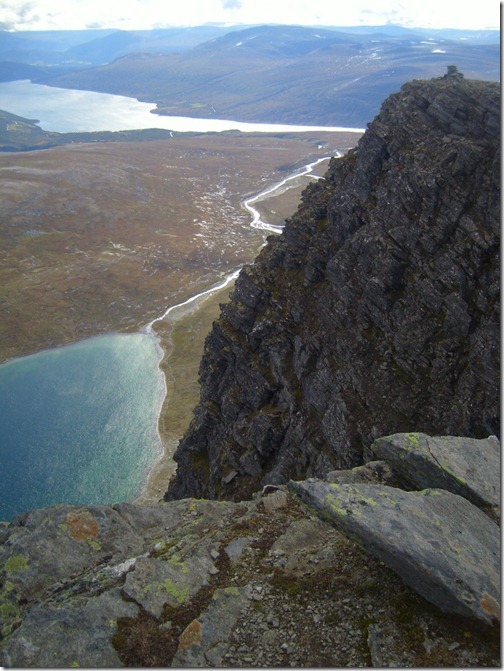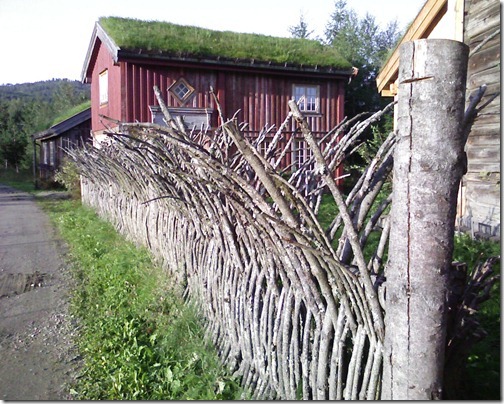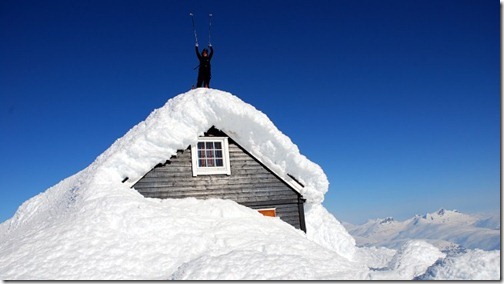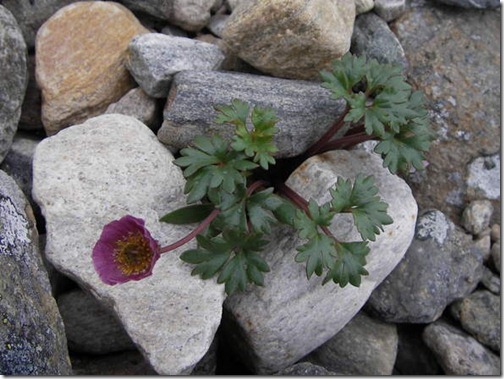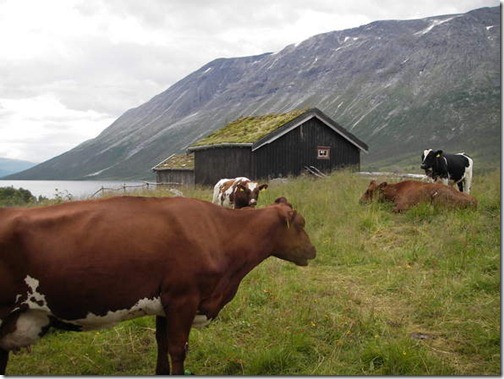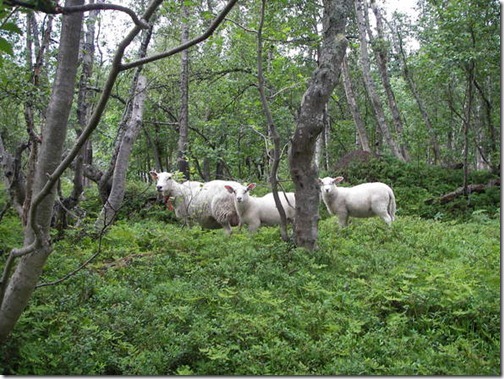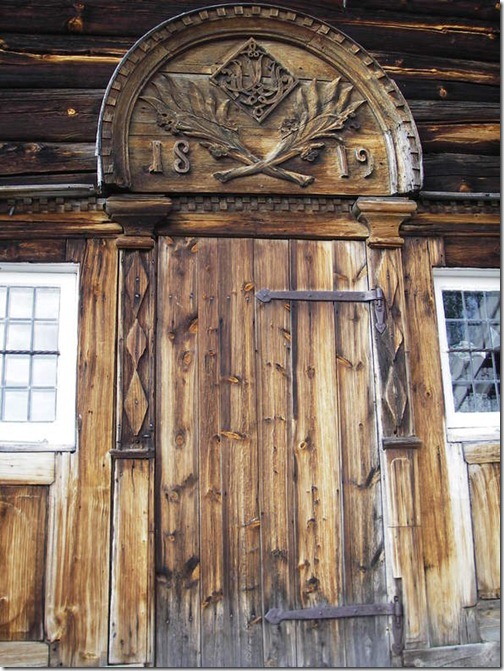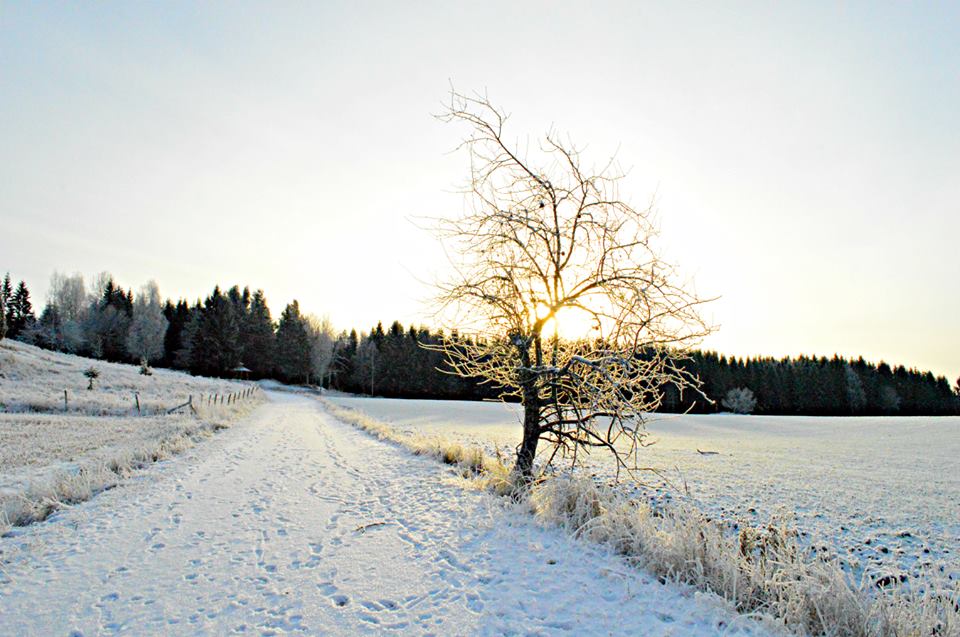The Göta Canal is a Swedish canal constructed in the early 19th century. It stretches some 382 miles (614 km), from East to West, straight through Sweden. The canal itself is 118 miles (190 km) long, of which 54 miles (87 km) were dug or blasted, with a width varying between 23–46 ft (7–14 m) and a maximum depth of about 9 ft (3 m).
It has 58 locks and can accommodate vessels up to 105 ft (32 m) long, 21 ft (7 m) wide and 2.8 m (9 ft) in draft.

Göta Canal is a sister canal of Caledonian Canal in Scotland, which was also constructed by Thomas Telford.

The canal is nicknamed the "divorce ditch." It earned this nickname from the troubles that couples have to endure while trying to navigate the many locks by themselves.
As early as the sixteenth century, the renowned Bishop Brask in Linköping proposed a Canal across Sweden from the Baltic to the North Sea. Plans for such a waterway came to be discussed many times before Baltzar von Platen finally transformed them into reality.

In 1806, Count Baltzar von Platen, naval officer and government minister, produced a treatise on Canals and was later asked to submit a plan for the Göta Canal.
On 11 April 1810, King Karl XIII issued a charter allowing the Canal Company to build and operate the Canal, and granted the company labour, land and forests for the project.
In May 1810, excavation work was started in Motala. Work was soon underway at about 15 sites along the route.
The Canal was largely built by 58,000 billeted soldiers from 16 different regiments. During the 22 years building was in progress, about 60,000 men, including a company of Russian deserters and a number of civilian workers, worked a total of about 7 million man-days, each of 12 hours.
Most of the Canal was excavated by hand using iron-shod wooden spades. Work mainly consisted of digging, blasting and dressing stone. Baltzar von Platen also introduced several new techniques using various equipment from England. A number of highly skilled English foremen were recruited.
In 1822, Baltzar von Platen established a small engineering workshop in Motala, which became the cradle of the Swedish engineering industry.
On 26 September 1832, the Göta Canal was inaugurated at Mem amid great pomp and circumstance in the presence of King Karl XIV and his family.

Sadly, Baltzar von Platen did not live to see the crowning of his masterpiece, having died three years earlier.
Throughout the 19th century, the Göta Canal continued to be a very important transport route for both goods and passengers.

However, the Canal never achieved the long term importance that Baltzar von Platen had expected. The railways, and later on road traffic, gradually took over its role. Instead, the Göta Canal later became one of Sweden's most popular and well known tourist attractions.











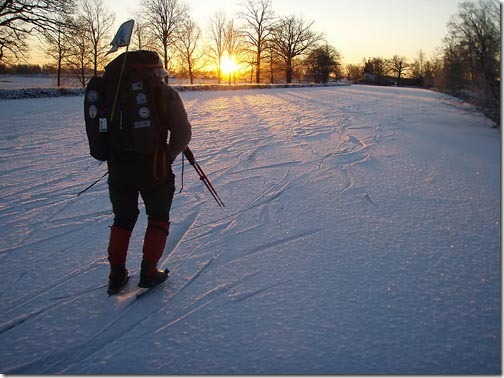

Source: Google

